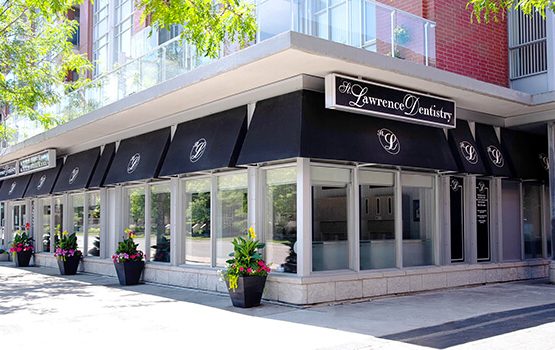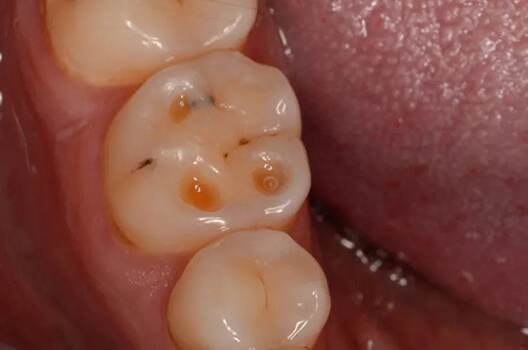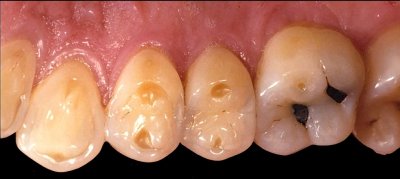Welcome to the St. Lawrence Dentistry blog! Today, we’re exploring an important topic that might be affecting your oral health: dental cupping on molars.
If you’ve ever wondered why those little concave indentations appear on your teeth, you’re in the right place. Let’s dive into what dental cupping is, why it happens, and how you can prevent and treat it.
What is Dental Cupping?
Imagine finding tiny bowls on the chewing surfaces of your molars. That’s dental cupping! These small, concave indentations, or “cups,” can be a sign of dental wear. While they might seem harmless, they can indicate deeper issues that need attention to keep your smile healthy and strong.

Causes of Dental Cupping
Several culprits can cause dental cupping. Erosion is a major player, often driven by acidic foods and drinks like citrus fruits, sodas, and wine. These acids erode the enamel and dentin, leading to cupping. Acid reflux (GERD) can also contribute, as stomach acids make their way into your mouth and wear down enamel.
Attrition, caused by chronic grinding or clenching of teeth (bruxism), is another common cause. This constant tooth-to-tooth contact wears down enamel and dentin, creating those pesky cups. Misalignment of teeth (malocclusion) can also result in uneven wear and cupping. Finally, abrasion from aggressive tooth brushing, using a hard-bristled toothbrush, or abrasive toothpaste can lead to enamel wear and cupping.

Implications of Dental Cupping
Dental cupping can expose dentin, making your teeth more sensitive to hot, cold, sweet, or acidic foods and drinks. These eroded areas are more vulnerable to cavities since the protective enamel is thinned or gone. Besides sensitivity and decay, cupping can affect the appearance of your teeth, leading to aesthetic concerns. Severe wear can even change your bite, causing problems with chewing and jaw discomfort.

Prevention and Treatment of Dental Cupping
Preventing dental cupping is easier than you might think. Start with dietary changes: cut back on acidic foods and drinks to prevent erosion. If you do indulge, rinse your mouth with water afterward to neutralize acids. For oral hygiene, use a soft-bristled toothbrush and non-abrasive toothpaste, brushing gently in a circular motion to protect your enamel.
Protective measures are also key. If you grind or clench your teeth, a night guard can shield them from attrition. Regular dental check-ups are essential for early detection and management of dental wear.
When it comes to treatment, fluoride treatments can help remineralize and strengthen enamel. Restorative procedures like dental bonding, where a tooth-colored resin is applied to the affected areas, can restore the shape and function of your teeth. In more severe cases, dental crowns or inlays/onlays can cover and protect worn surfaces. Addressing underlying causes, like treating GERD or adjusting your diet, is crucial for managing erosion-related cupping.

Conclusion
At St. Lawrence Dentistry, we’re dedicated to helping you maintain a vibrant, healthy smile. If you notice signs of dental cupping or have concerns about tooth wear, don’t hesitate to schedule an appointment. Our expert team is here to provide personalized care and effective solutions to keep your teeth in top shape.
For more information or to book a consultation, visit stlawrencedentistry.com or give us a call. Remember, taking proactive steps in dental care can prevent small issues from turning into big problems.
Stay tuned to our blog for more tips and insights on maintaining a beautiful, healthy smile!
- St. Lawrence Dentistry Looks Forward To St. Patrick’s Day! - March 12, 2025
- Understanding Dental X-Rays and Radiation: What You Should Know - January 13, 2025
- Happy New Year from St. Lawrence Dentistry! - December 30, 2024









